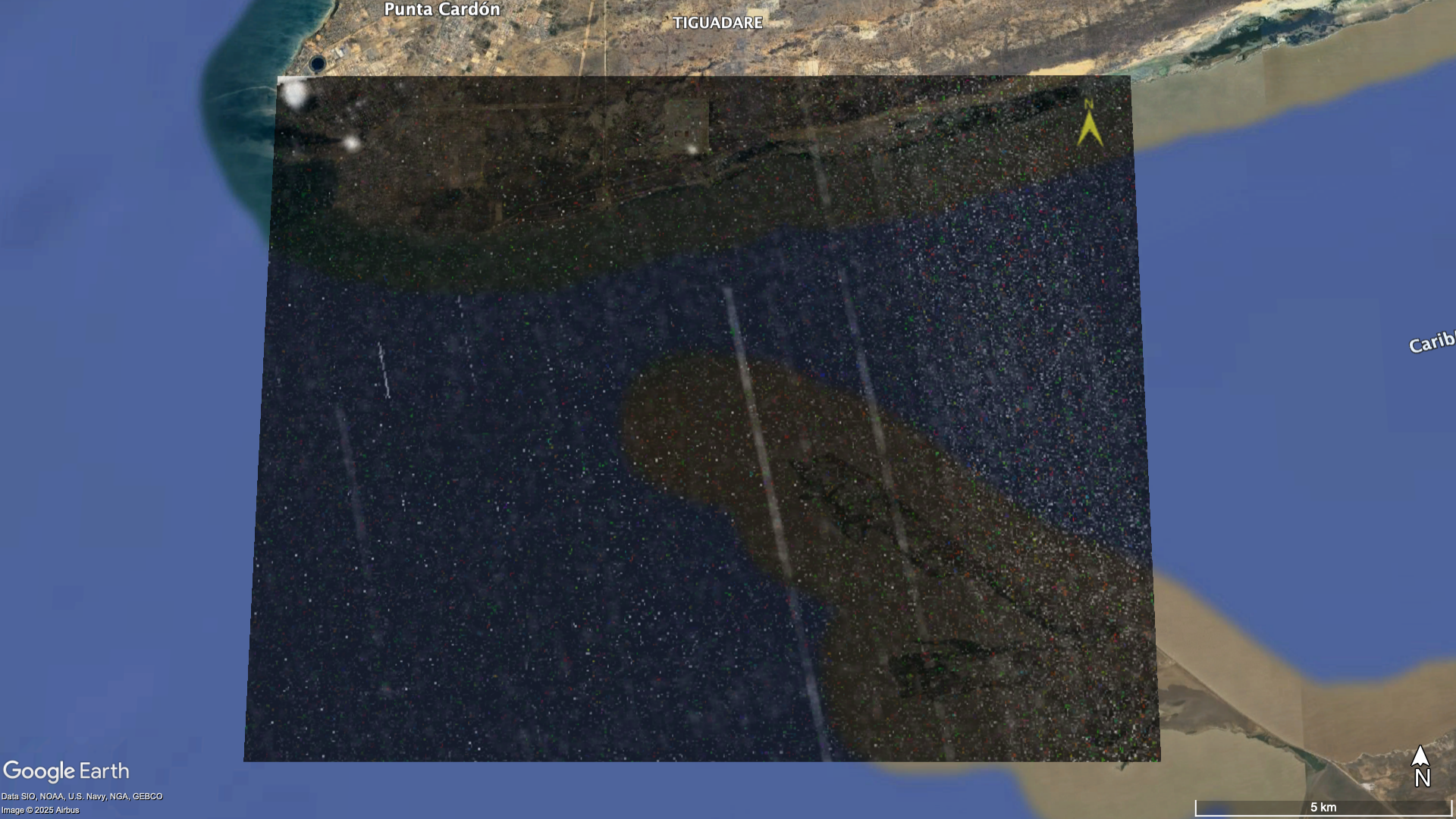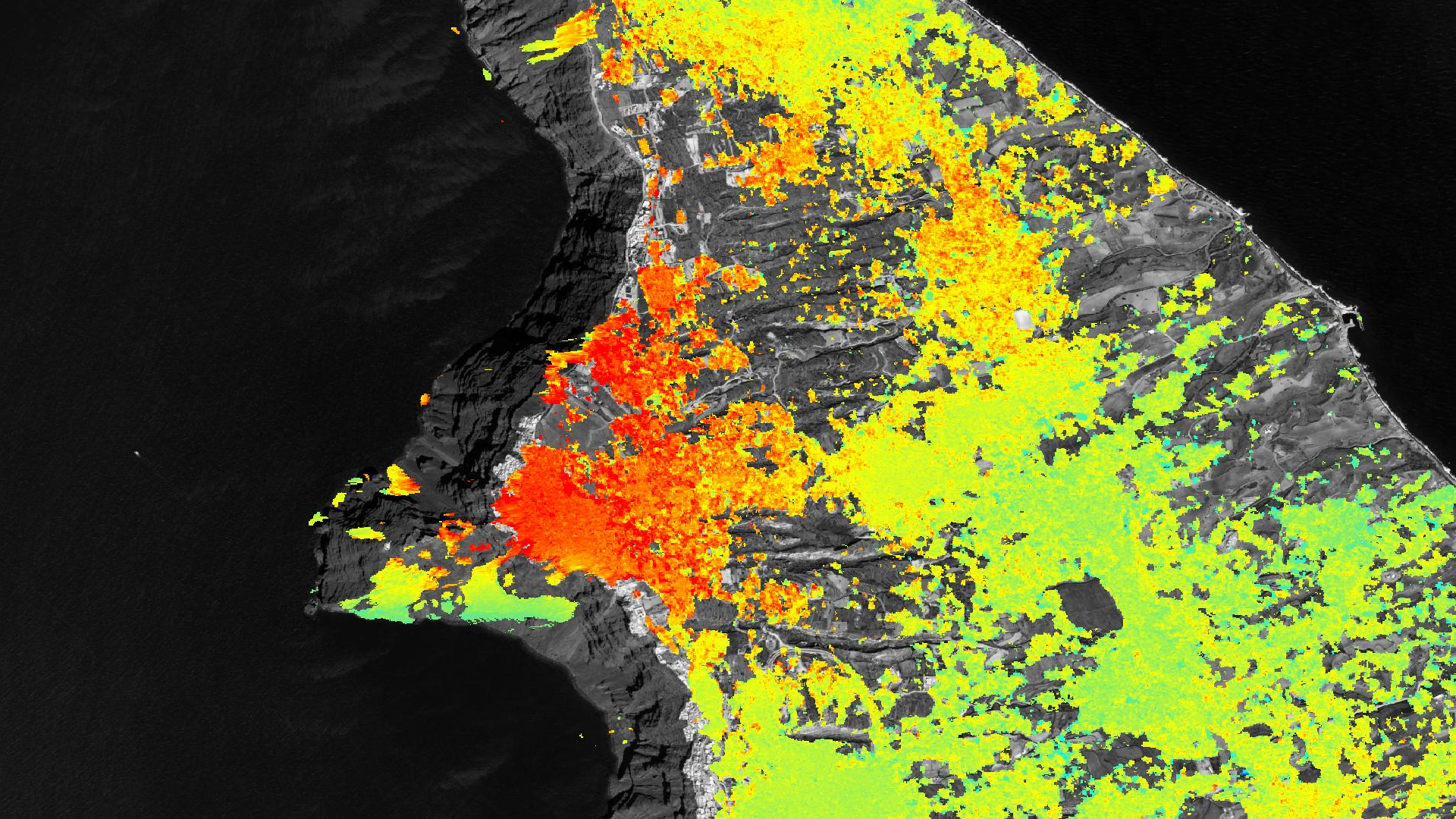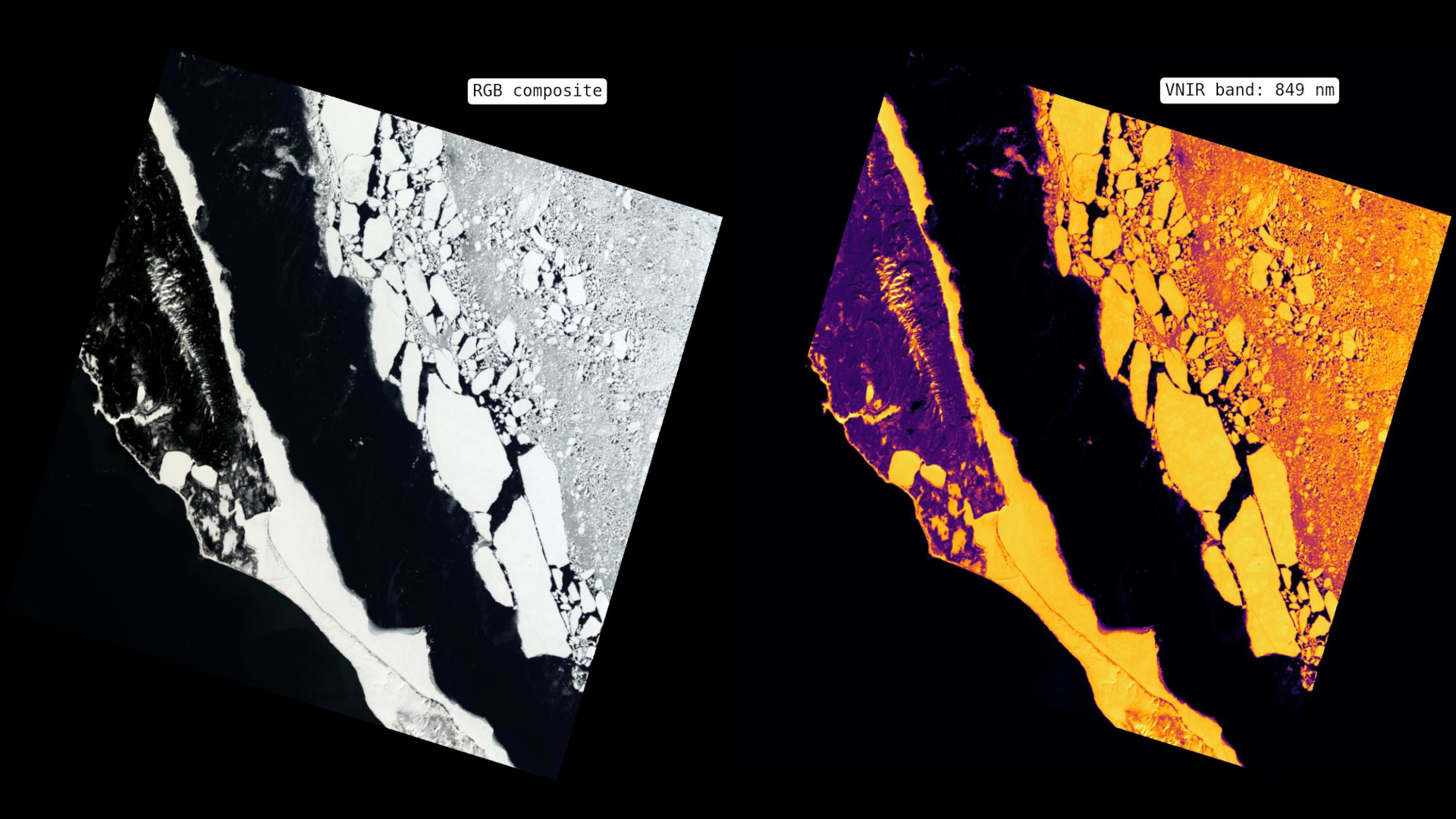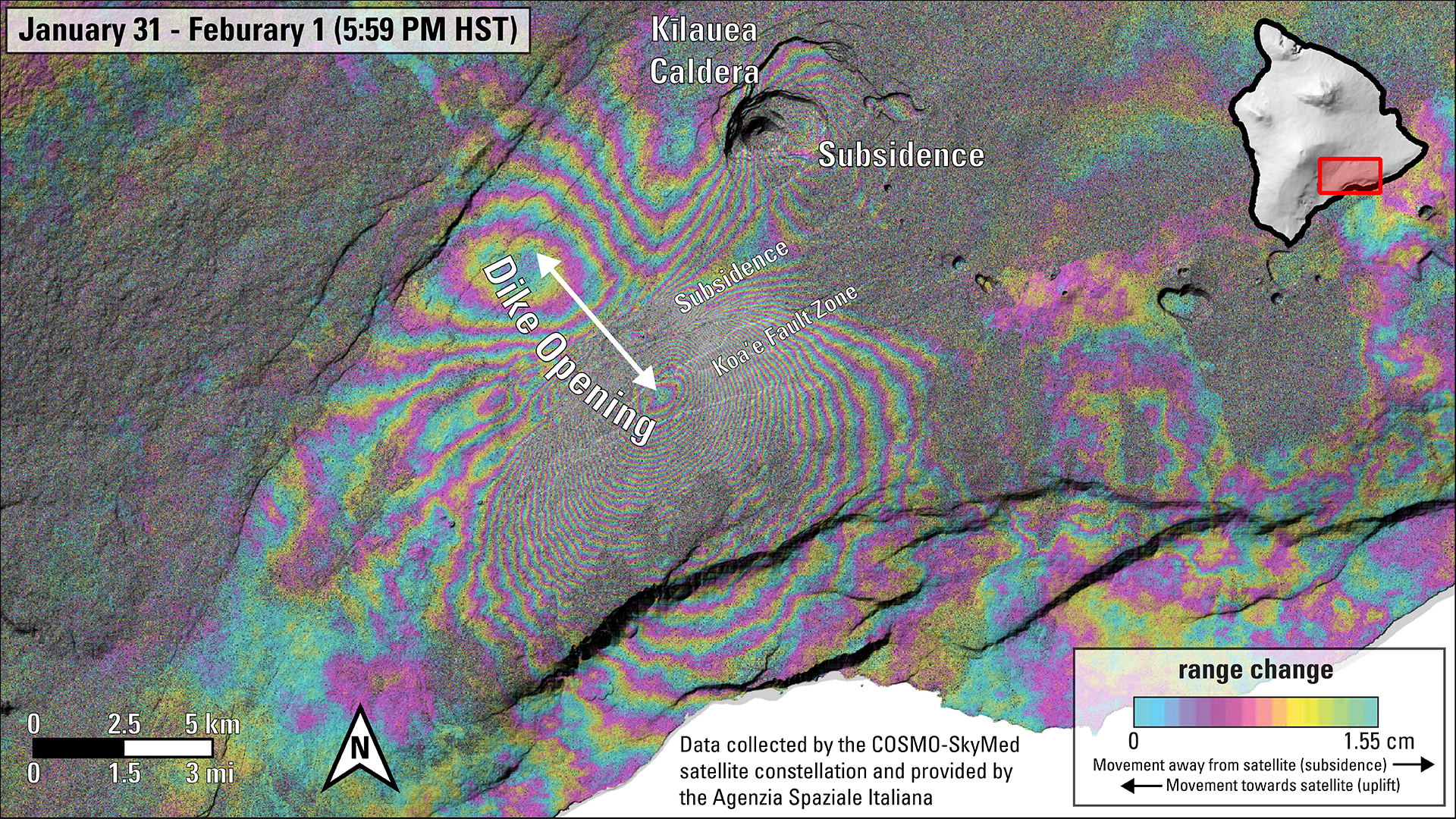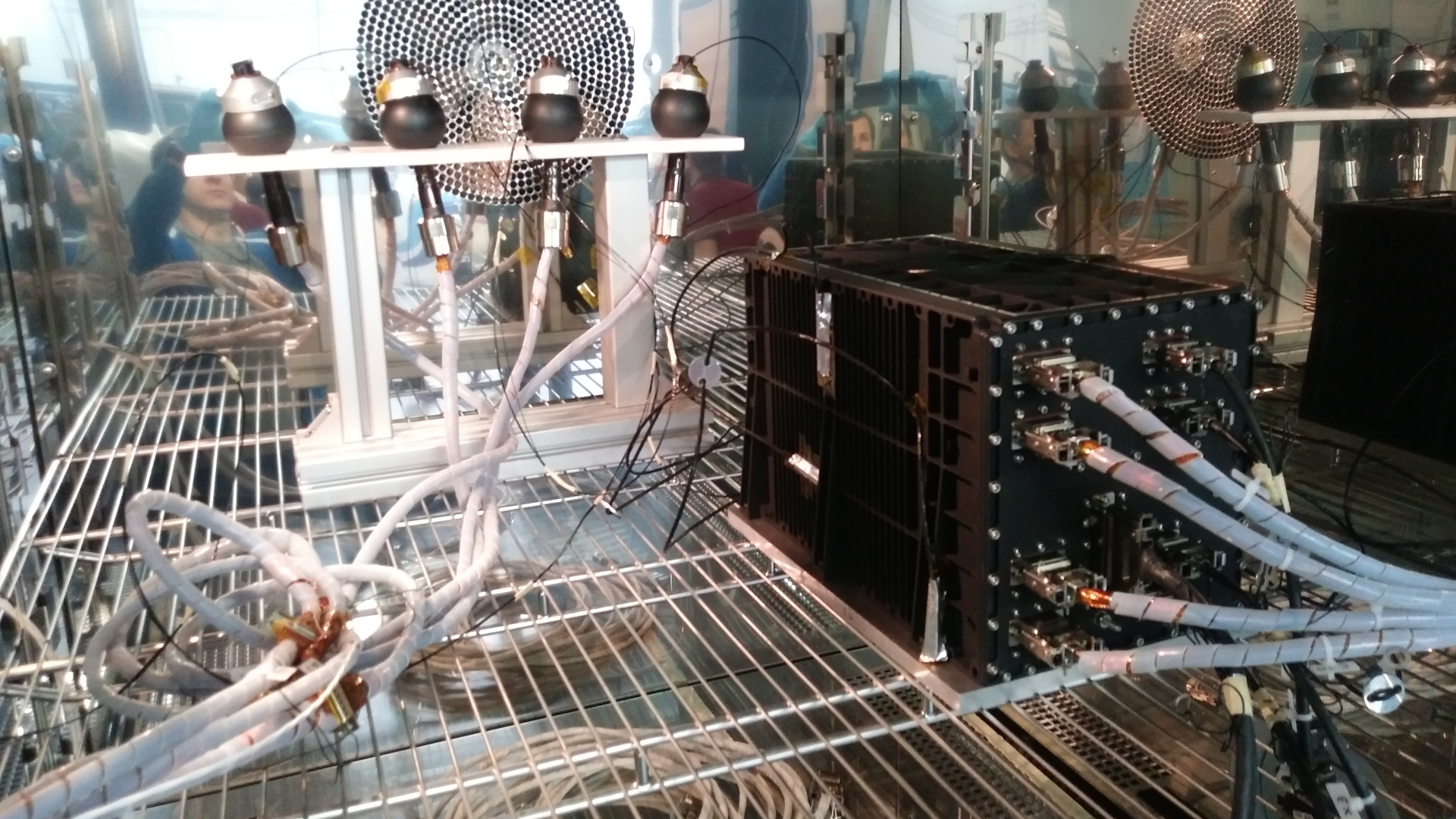On Oct 4-5, 2021, the city of Trento hosted the meeting of the Italian branch of CSES-Limadou satellite mission, a collaboration between the Chinese and Italian Space Agencies, also involving INFN, INAF, INGV, and CNR research Institutes, as well as the Universities of Rome Tor Vergata, Turin and Trento. More than 60 researchers attended the event, which was a hybrid one held both in presence and remotely.
This third gathering after the launch of the CSES-01 satellite on Feb 2, 2018 was the place where up-to-date scientific results from the various instruments on board were presented and discussed. One of such devices, the HEPD charged-particle detector, was built by the Italian collaboration. CSES-Limadou research program has been currently developing in the framework of the agreement ASI-INFN “Scienza” along three major, intertwined lines concerning the investigation of correlations between atmospheric, ionospheric, magnetospheric and seismic phenomena; the analysis and characterization of the Earth's ionosphere and magnetosphere; and solar and cosmic-ray physics.
Deep and robustly debated has been the discussion about the nature of the coupling between the lithosphere, the outermost layer of the solid earth where earthquakes occur, and the overlying layers of the neutral and ionized atmosphere, that is the ionosphere, composed of ionized particles, and the magnetosphere, the region of outer space to the planet in which the magnetic field is confined by the so-called solar wind. Is it possible to monitor earthquakes and tsunami from space? Are there reliable and unambiguous phenomena that can be considered as precursors of large earthquakes, and be exploited to mitigate damage from large seismic events? CSES-Limadou, the Chinese-Italian satellite constellation under construction, aims to answer these and additional questions with the aid of advanced instruments for the measurement of iono/magnetospheric parameters, and the assessment of the properties of particles trapped in the Van Allen belts. The first CSES satellite (CSES-01), currently in orbit, will be followed by a second one scheduled for launch in late 2022.
A major method of analysis in this exploration has been the study of the stability of magnetospheric, ionospheric and atmospheric invariants. CSES-01 data have been integrated with measurements from other satellites and ground observation networks, in order to develop a model that provides an answer to the lithosphere-magnetosphere coupling problem and is suitable for experimental verification. This model is known as MILC (Magnetospheric-Ionospheric-Lithospheric-Coupling), and its outline, published in the prestigious "Scientific Report" belonging to Nature journals, analytically and quantitatively describes how the motion of the liquid or solid surface of our planet is able to generate acoustic gravity waves (AGWs) capable to propagate to the ionosphere in case of earthquakes of magnitude greater than 5. These phenomena are also mirrored in storm fronts or thermal columns that develop in the atmosphere. Once in the ionosphere, the AGW generates an ionized plasma wave that triggers low frequency electromagnetic waves. These ionospheric phenomena in turn affect the Van Allen belts and the resonance frequency of the magnetic field lines coupled to the plasma, causing effects easily detectable by satellites in low Earth orbit.
The MILC model has been successfully applied to three different earthquakes (Kobe-1998, Peru-2001, Fiji-2018); in the case of L'Aquila-2009 earthquake, the model correctly predicts the absence of MILC-type coupling phenomena. MILC results pave the way to the monitoring of seismic phenomena from space, thanks to a new form of remote sensing based on causal correlations between multiple magnetospheric parameters included in the model. The study of co-seismic MILC coupling will be extended in the near future to the search for possible precursor effects.
A second approach, mainly pursued by the INGV researches, relies on the study of the statistical significance of the variations in physical quantities measured both in flight and on ground. Indeed, an earthquake usually releases an enormous amount of energy (for example, an earthquake of magnitude 6 releases a mechanical energy corresponding to the one released by the Hiroshima bomb). The main goal of CSES mission is very challenging: the detection of possible slight effects in the ionosphere due to the preparation phase of large earthquakes.
Earthquake-related phenomena that occur under the planet’s surface (in the rock layer known as the lithosphere), as well as in the atmosphere and ionosphere are therefore studied by means of multiple payloads on board CSES-01, such as high-resolution magnetometers and Langmuir probes. These studies permit to improve the knowledge of the Lithosphere-Atmosphere-Ionosphere (LAIC) coupling before and during a strong earthquake. After the various successes obtained in the first four years of the project, such as the statistical demonstration of the correlation between disturbances in the ionosphere and the occurrence of earthquakes (the sooner these disturbances occur, the stronger the eventwill be), published in Scientific Reports, and having found signal chains (a sort of “domino effect”) from the lowest geo-layers up to the ionosphere, a result published in the most renowned remote sensing journals, the research group is preparing new multiparametric analyses and further verifications of these effects , in particular with the help of the CSES satellite which has proved extremely useful on several occasions to better understand these delicate phenomena.
The second line of research is finalized to the analysis and the characterization of both the Earth’s magnetosphere and the ionosphere. It is focused on an interdisciplinary approach which, on the basis of CSES-01 and other satellites data, and on ground ob-servatories, allows to improve the knowledge of the Sun-Earth interactions. In partic-ular, the research activity on the magnetosphere-ionosphere system supported the de-velopment of the MILC model by a robust discrimination between signals of solar origin and signal of seismic origin. Moreover, the great variety of the CSES-01 observations allowed a better characteri-zation of the Earth’s ionosphere in terms of its dynamics at different spatial and tem-poral scales. Such research activity plays a key role in the study of the polar auroras which generates intense electric currents causing possible disruptions in the national power networks.
The third line of research, dedicated to solar and cosmic ray physics in the Van Allen belts, includes HEPD results on solar activity during its flight time (24th-25th cycle) and its influence in the energy modulation of cosmic-ray fluxes reaching the Earth. Since launch, HEPD has been recording a very high number of particles of galactic, solar and magnetospheric origin from dozens to several hundred MeV, an energy range currently not explored by other satellites in orbit, which allows to link CSES-01 measurements to those from higher-energy instruments, such as PAMELA and AMS.
The collaboration has already shared the measurement of galactic proton fluxes in the energy range 40-250 MeV over the period 2018-2020 with the scientific Community in a recent publication. The analysis of cosmic electron data is currently underway: a preliminary flux has already been obtained, while studies of nuclei from helium to iron are at an early stage.
The variations of these fluxes in anti-correlation with the eleven-year activity of the Sun, constantly recorded by HEPD, have so far revealed a weak solar modulation effect (order of a few percents) in agreement with the long solar minimum across the late 24th and early 25th cycles. Nonetheless, three geomagnetic storms have been so far observed, accompanied by “Forbush decreases”, i.e. a consequence of the magnetic fields carried by Coronal Mass Ejections (CMEs) and the solar wind traveling towards the Earth. One storm in particular (August 25-26, 2018) has already been the subject of two scientific publications by the collaboration.
Finally, much attention has been paid to the detection of particles trapped in the Van Allen belts and recorded by our instruments in the low-latitude areas of CSES-01 orbit. In particular, the characterization of the radiation within the South Atlantic Anomaly (SAA), an area that collects a very intense flux of protons and electrons stably trapped within the Earth's magnetic field, is of great scientific importance. The HEPD detector is sensitive in the very energy range relevant for such particle populations, thus providing very high-precision results on energy, angle of inclination w.r.t. the geomagnetic-field vector and positioning of protons within the SAA, which will be subject of an imminent publication. In addition, the “re-entrant” electron fluxes measured by HEPD are unique in the international scientific panorama, and they will help model the morphology and dynamics of the magnetosphere.
The entire set of results by the Italian branch of the CSES-Limadou mission will be presented at the "5th International Workshop of CSES Mission" to be held from 22 to 25 October 2021.

